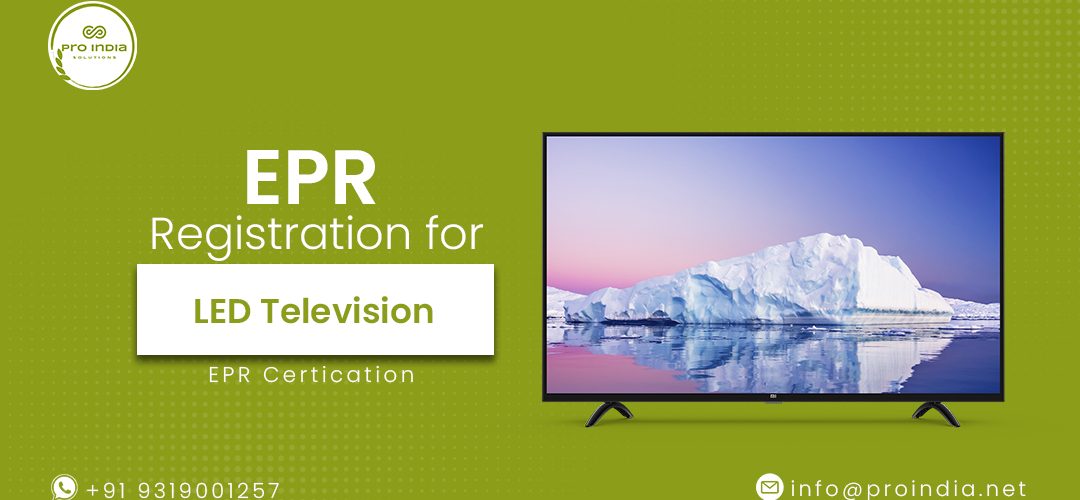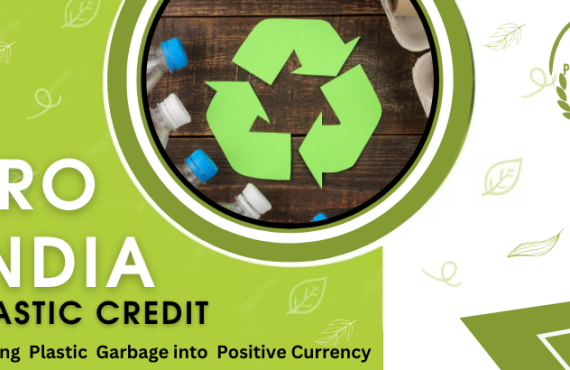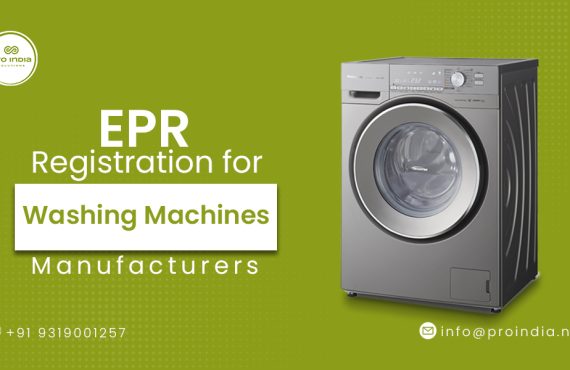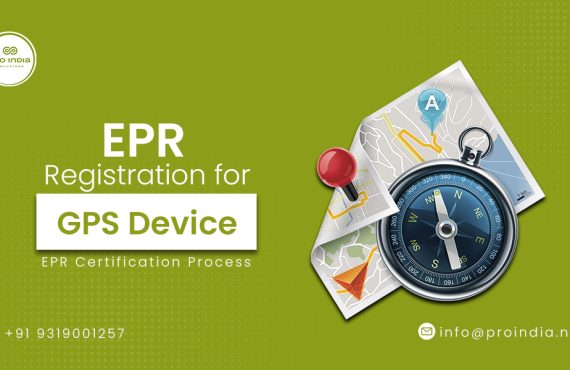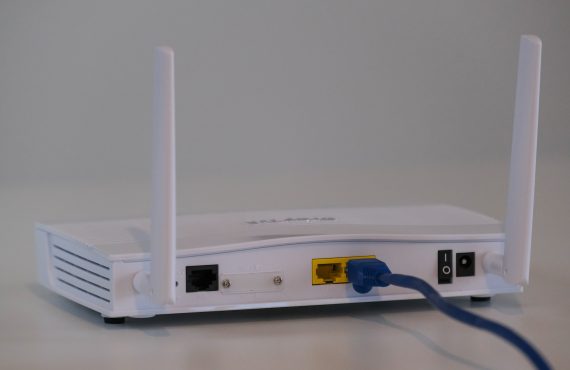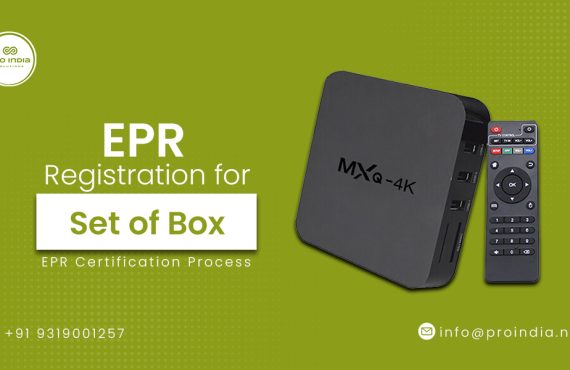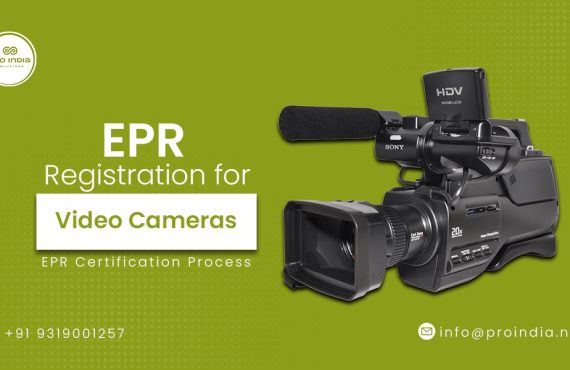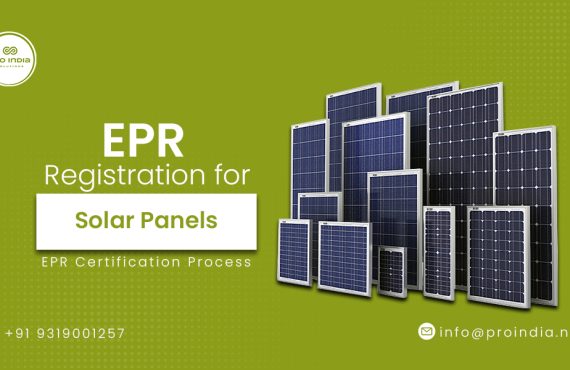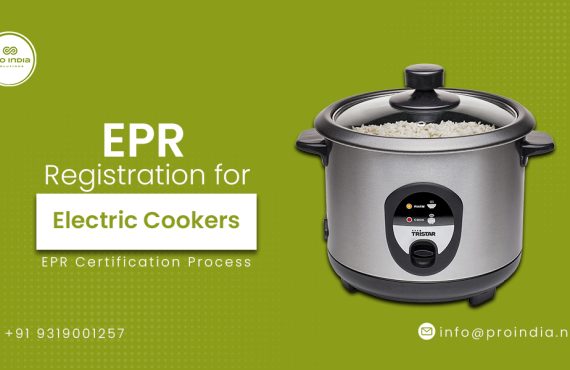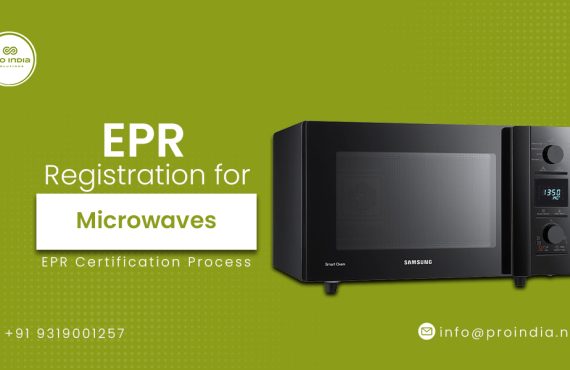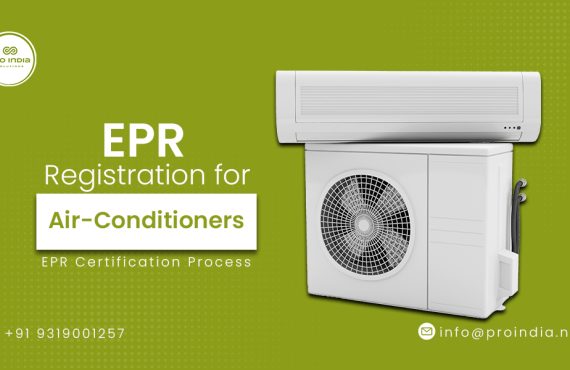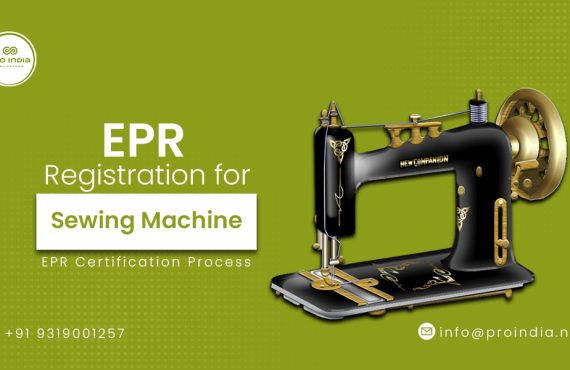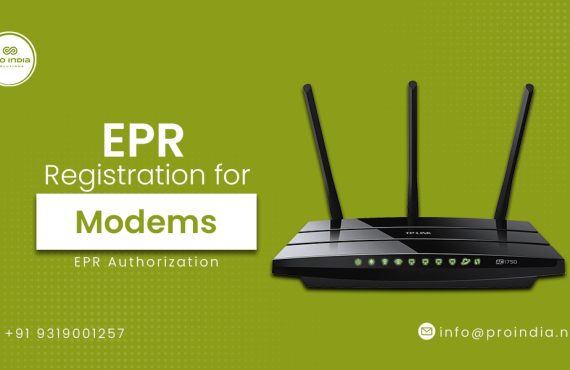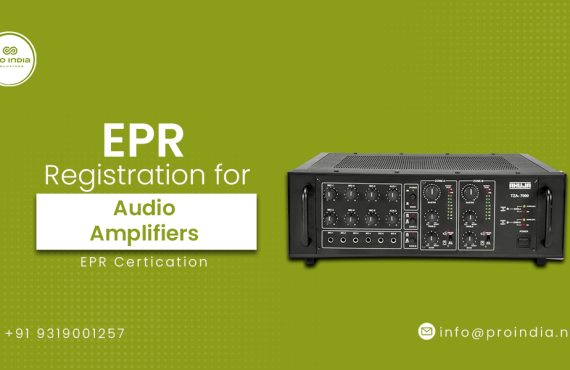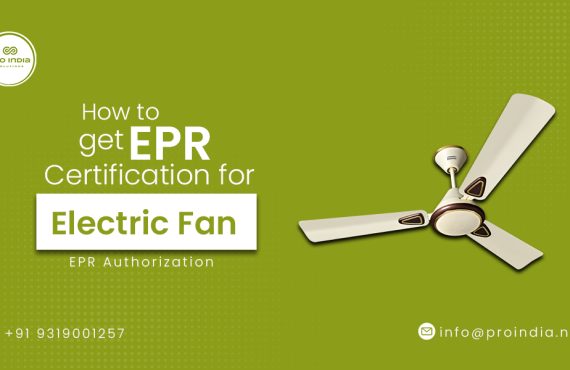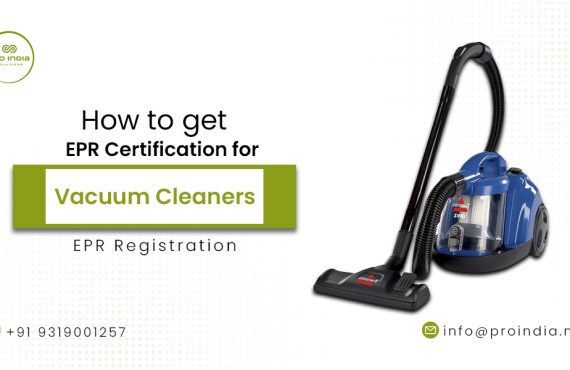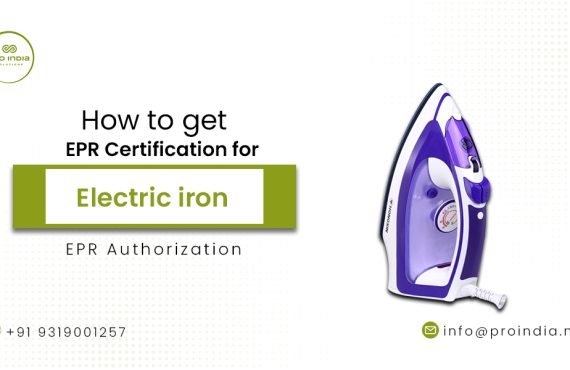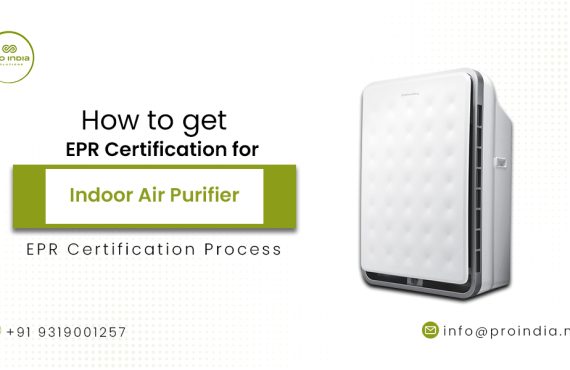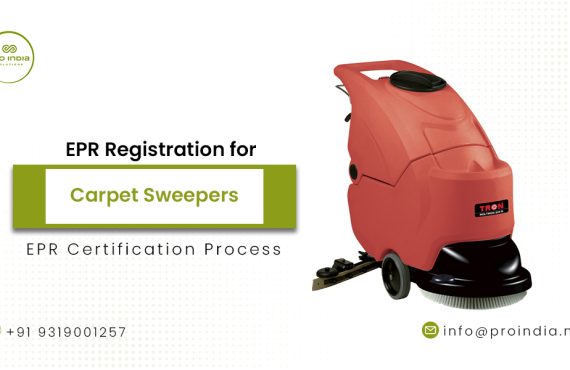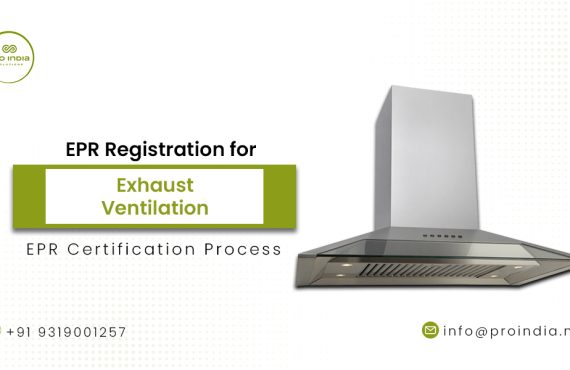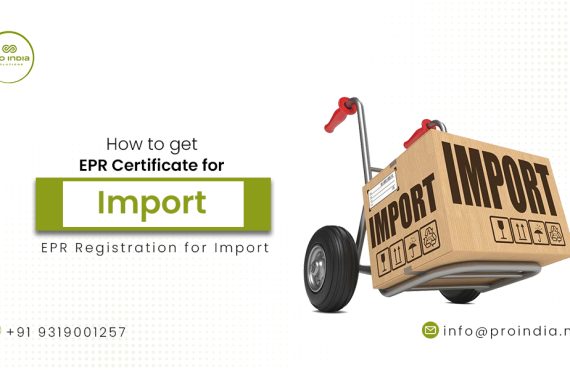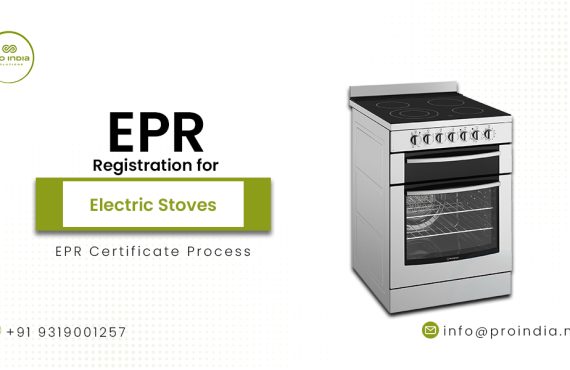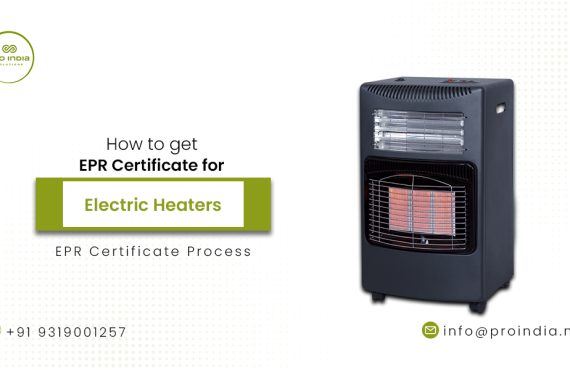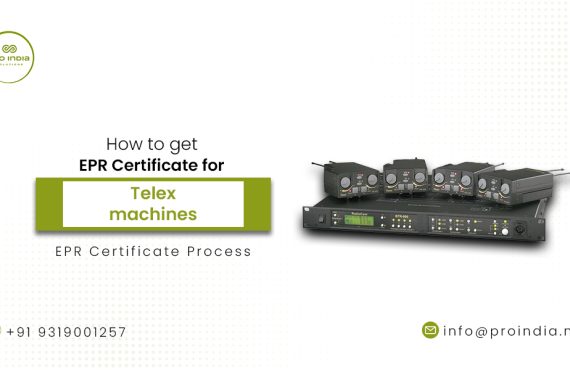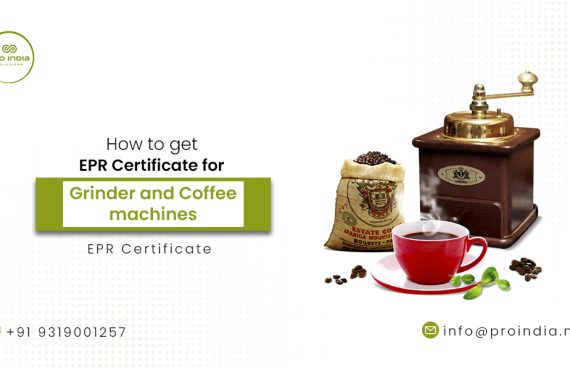Electronics makers are being pressured more and more in today’s environmentally concerned world to use sustainable methods. The Extended Producer Responsibility (EPR) certification is a significant indicator of a business’s dedication to ethical electronic waste management. We will examine how to become EPR certified specifically for LED televisions in this extensive tutorial. By the end, you will have a thorough grasp of the procedures, the advantages of certification, and how it may help create a future that is more environmentally friendly.
Understanding EPR Certification:
Firstly, we’ll delve into the concept of Extended Producer Responsibility (EPR) and why it matters for LED television manufacturers. We’ll explain how EPR certification promotes sustainable practices, reduces electronic waste, and benefits the environment.
Researching EPR Regulations:
Next, we’ll guide you through the process of researching and understanding the specific EPR regulations applicable to LED televisions in your region. We’ll highlight the importance of staying up-to-date with regulatory requirements to ensure compliance throughout the registration process.
Preparing Documentation:
To initiate the EPR registration process, certain documents will be required. We’ll provide you with a comprehensive checklist, outlining the necessary documentation, such as company details, product specifications, packaging information, and compliance certificates. This step will ensure you have all the necessary information readily available.
Engaging with EPR Authorities:
Navigating the bureaucratic aspects of EPR registration can be daunting. We’ll guide you on how to effectively engage with EPR authorities or regulatory bodies in your region. We’ll outline the communication channels, contact information, and relevant submission procedures, empowering you to interact with the authorities confidently.
Completing the EPR Application:
we’ll break down the EPR application form, explaining each section in detail. We’ll provide valuable tips and insights to help you accurately complete the application, ensuring all required information is included. By the end of this step, you’ll be equipped to submit a well-prepared EPR application for your LED televisions.
Compliance and Audit:
Once the application is submitted, it’s crucial to ensure ongoing compliance with EPR regulations. We’ll shed light on the monitoring and audit procedures carried out by the EPR authorities to verify compliance. We’ll also discuss the consequences of non-compliance and provide recommendations for maintaining a robust EPR management system.
Benefits of EPR Certification:
To highlight the significance of obtaining EPR certification, we’ll explore the numerous benefits it offers to LED television manufacturers. From enhanced brand reputation and market competitiveness to cost savings and environmental stewardship, we’ll showcase how EPR certification can positively impact your business.
How to get EPR Certification for LED Television:
- To obtain an EPR (Extended Producer Responsibility) certification for LED televisions, manufacturers need to follow a specific process that ensures their compliance with environmental regulations and responsible waste management. EPR certifications are essential for demonstrating a commitment to sustainability and reducing the environmental impact of electronic waste.
- Firstly, manufacturers must assess the applicable regulations and requirements in their target market. These regulations can vary from country to country or even within different regions. It is crucial to understand the specific standards and guidelines that govern the disposal and recycling of electronic products, particularly LED televisions.
- Next, manufacturers should implement eco-design principles during the product development phase. This involves incorporating environmentally friendly materials, optimizing energy efficiency, and reducing hazardous substances in the television’s construction. By adhering to these principles, manufacturers can minimize the environmental impact throughout the product’s lifecycle.
- Once the LED televisions are ready for production, manufacturers must establish partnerships with authorized recycling entities or waste management facilities. These partners should have the necessary expertise and infrastructure to handle the proper disposal and recycling of electronic waste. Manufacturers should ensure that these partners comply with local regulations and follow environmentally responsible practices.
- Furthermore, manufacturers need to implement a comprehensive waste management system. This system should cover the entire product life cycle, including collection, transportation, treatment, and recycling of end-of-life LED televisions. It is crucial to track and document the entire process to demonstrate compliance with EPR regulations.
- In addition to fulfilling the technical requirements, manufacturers should maintain accurate records and submit periodic reports to the appropriate regulatory authorities. These reports should detail the quantities of LED televisions placed on the market, the quantities collected and recycled, and the disposal methods employed. Timely and transparent reporting is crucial for maintaining certification and demonstrating compliance with EPR regulations.
- Finally, manufacturers should consider obtaining third-party certifications or audits to validate their adherence to EPR standards. These certifications provide an independent assessment of a company’s environmental practices and can enhance its credibility in the market.
Conclusion:
EPR certification is a crucial step for LED television manufacturers to demonstrate their commitment to responsible waste management and environmental sustainability. By following the steps outlined in this guide, manufacturers can navigate the certification process with confidence. Achieving EPR certification not only benefits the environment but also enhances brand reputation and opens doors to new market opportunities. Let’s work together to create a greener future through responsible electronics manufacturing and waste management practices.
contact our experts now to meet your compliance requirements


